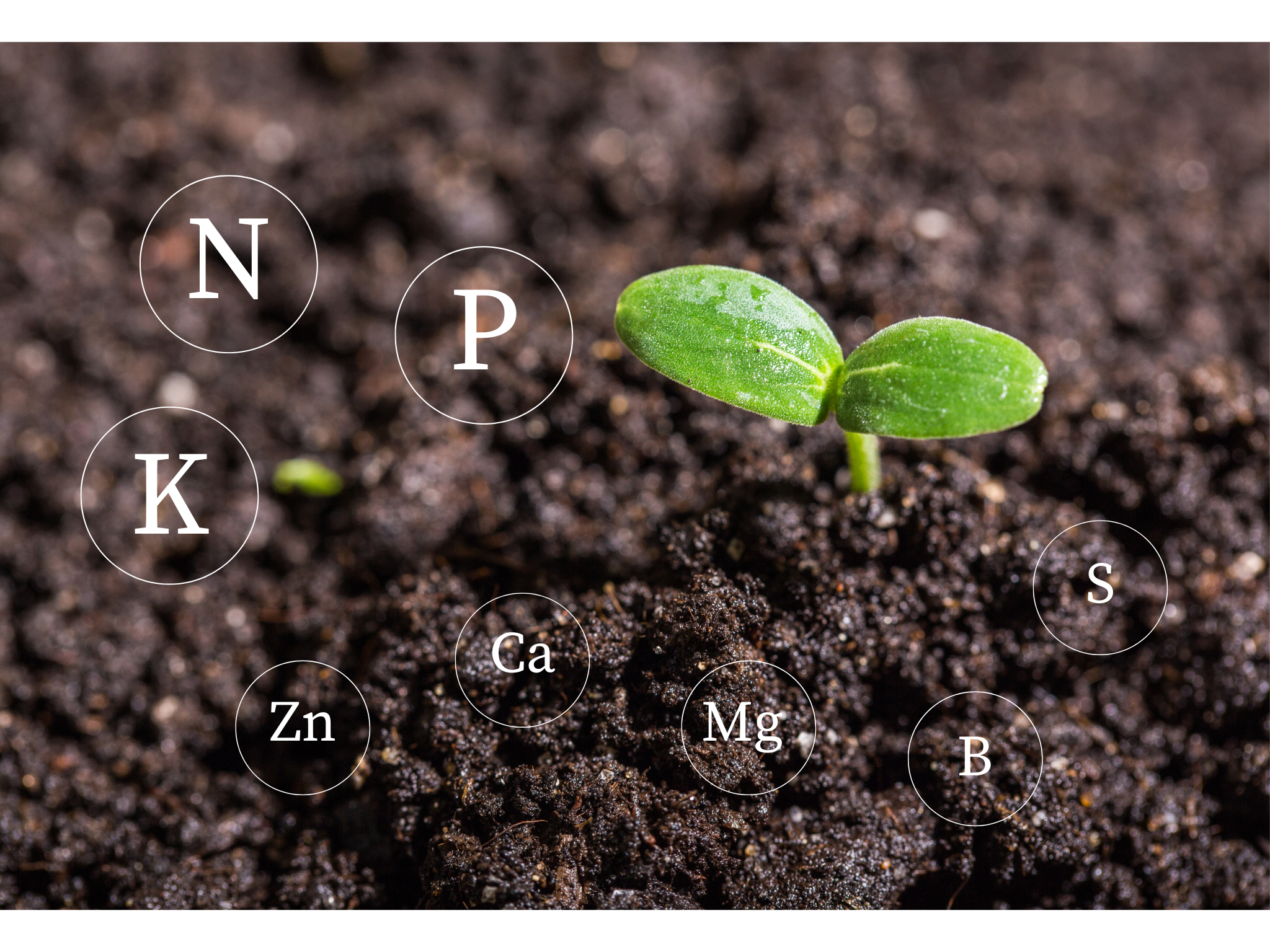Turf and horticulture are two essential aspects of agriculture that play a vital role in providing food and ornamental plants. To ensure optimal growth and yield, it is crucial to understand the essential elements required for plant growth and development. These elements can be divided into three categories - primary (macro) nutrients, secondary nutrients, and micronutrients. Each of these nutrients plays a unique role in the growth and development of plants. In this article, we will take a closer look at the importance of these essential elements and how they impact turf and horticulture. Understanding these nutrients is critical for turf managers and gardeners alike to achieve healthy plant growth.
PRIMARY (MACRO) NUTRIENTS
Nitrogen (N), Phosphorus (P), and Potassium (K) are the most frequently required in a turf and horticulture fertilization program.
Nitrogen is necessary for the formation of chlorophyll, proteins, DNA and RNA. It is essential for plant cell division and vital for plant growth.
Phosphorus promotes early root formation and growth, and is involved in photosynthesis, respiration, energy storage and transfer, cell division and enlargement.
Potassium is involved in carbohydrate metabolism and the break down and translocation of starch. Potassium also enhances disease resistance and improves winter hardiness.
SECONDARY NUTRIENTS
Calcium (Ca), Magnesium (Mg), and Sulfur (S) are required in lesser amounts than macronutrients, but each is equally important in turf and horticulture.
Calcium increases fruit set and quality and is important for continuous cell division and formation (regulates hormonal activity).
Magnesium, the center molecule of chlorophyll, improves utilization and mobility of phosphorus.
Sulfur is an integral part of amino acids. It helps develop enzymes, vitamins and oil contents, and aids in seed formation.
MICRONUTRIENTS
Boron (B), Zinc (Zn), Copper (Cu), Manganese (Mn), Iron (Fe), Chloride(CI) and Molybdenum (Mo) are used in minute amounts but are just as important to plant growth and development as the major nutrients. Some micronutrients control the uptake of major nutrients and key processes.
Boron is an essential component of cell wall formation and is key for the germination of pollen grains and growth of pollen tubes.
Zinc aids plant growth hormones and enzyme system and is necessary for chlorophyll production and carbohydrate formation.
Copper plays a major role in photosynthesis. This element improves the flavour of fruits and vegetables and can help prevent ergot in cereals.
Manganese aids in chlorophyll synthesis and increases the availability of phosphorus and calcium.
Iron promotes the formation of chlorophyll and acts as an oxygen carrier.
Chloride promotes crop health and enhances the maturity of small grains on some soils.
Molybdenum is needed to convert inorganic phosphates to organic forms in the plant and aids in the nodulation of legumes, especially in acidic soils.
In conclusion, understanding the role of essential nutrients in plant growth and development is crucial to a successful fertilization program. The primary macronutrients, secondary nutrients, and micronutrients all play a vital role in the overall health and productivity of plants. Each nutrient has its own specific function, whether it is promoting root growth, aiding in photosynthesis, or enhancing disease resistance. By ensuring that plants have access to a balanced supply of essential nutrients, turf managers gardeners can help to maximize crop yields, improve crop quality, and promote overall plant health.



